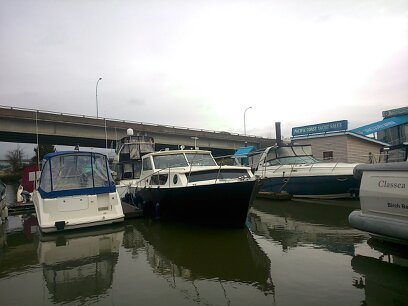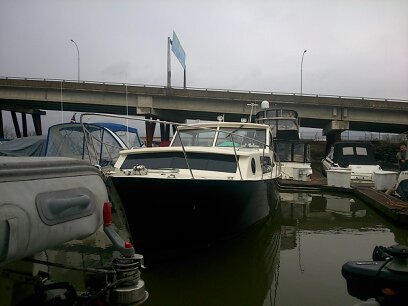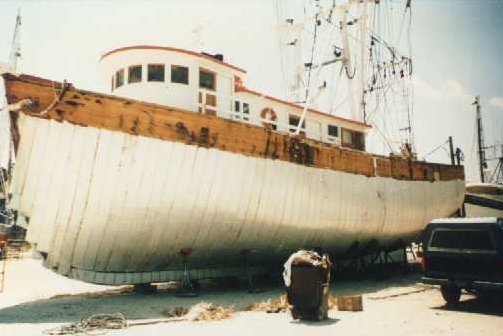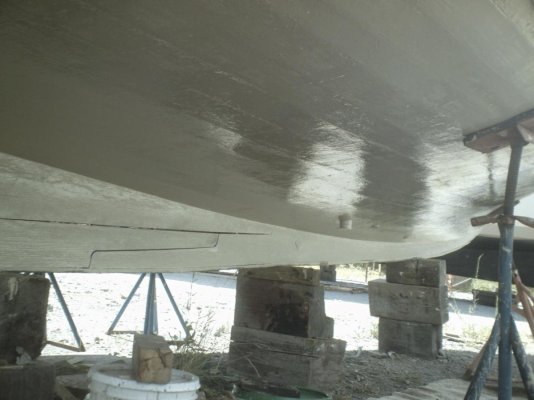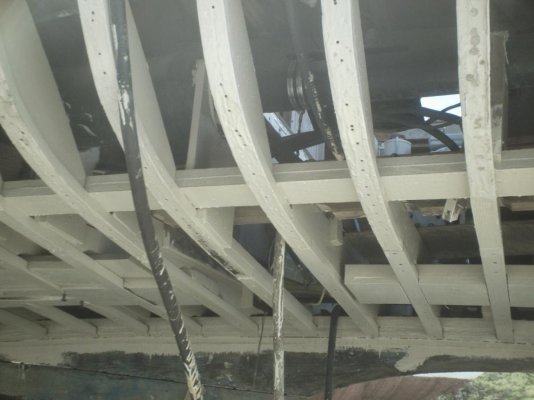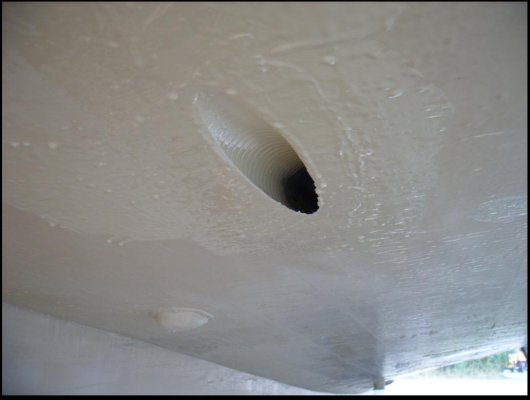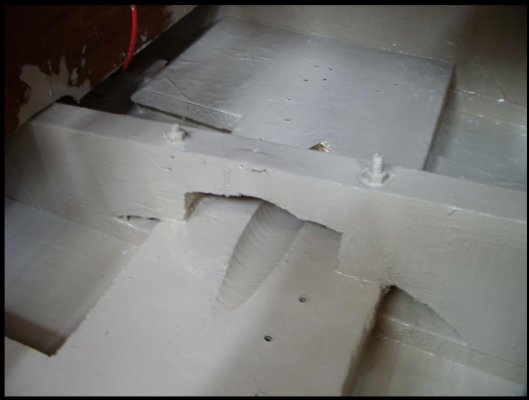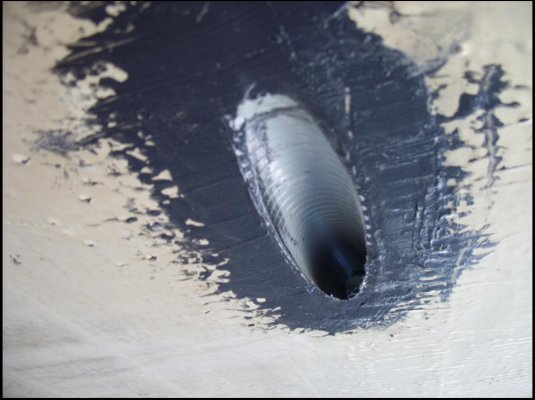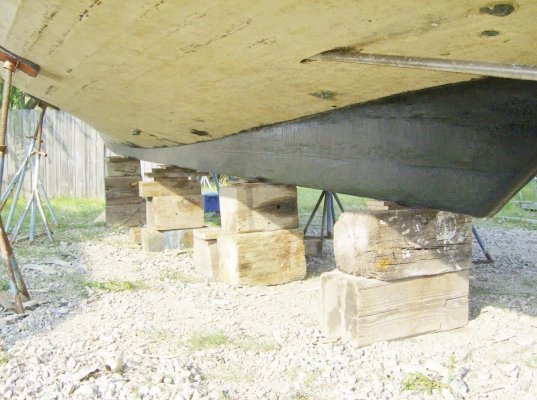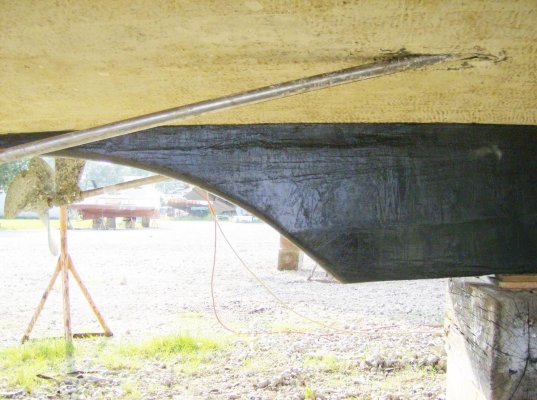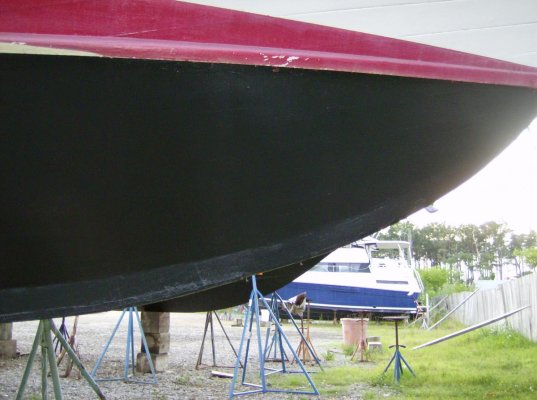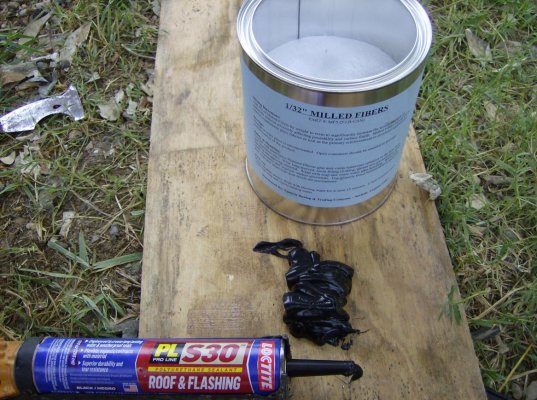MurrayM
Guru
I thought this subject warranted its own thread, as there are some (wild eyed & crazy) people on TF who love and want to take on the ownership of old wooden hulled boats.
swampu posted this:
Trawler Forum - View Single Post - Argonaught II
The following is from the Sintes Fiberglass Designs C-Flex sheathing system website;
Nova Trawlers of Nova Scotia also take on and give life to old wooden hulled fishing vessels;
The* Boat* Business* Group
What be your thoughts?
swampu posted this:
Trawler Forum - View Single Post - Argonaught II
The following is from the Sintes Fiberglass Designs C-Flex sheathing system website;
Here's a video of the procedure, the difference being that on an old wooden vessel the hull wouldn't be flipped and the C-Flex would be put on in vertical strips from gunnel to keel;Each "plank" of C-Flex contains small semi-rigid rods that run lengthwise throughout the cloth. These rods allow the fiberglass to hold its form while resin is applied. This process eliminates the need for a full mold used in traditional fiberglass construction. The basic technique involves both chemically bonding and mechanically fastening the C-Flex to the wooden hull. The C-Flex is applied vertically from gunwale to keel so that the rods in the C-Flex run perpendicular to the wooden planking. The mechanical fastening is accomplished with heavy staples, and the chemical is done with an elastomeric adhesive.
The C-Flex is then saturated with resin and covered with chopped strand mat (CSM). A fairing compound is applied to the exterior, and the compound is sanded and painted.
First is that it bonds ferociously to both the C-Flex and the wooden planking. Secondly, it will bond to wet wood, treated wood, and virtually all the various types of woods used in marine planking. Add thirdly, being an elastomeric, it will stretch (300%) and compress without breaking its bond. This is essential in preventing the delamination, which might otherwise be caused by the expansion and contraction of the planking and by the “working” of the hull.
Nova Trawlers of Nova Scotia also take on and give life to old wooden hulled fishing vessels;
The* Boat* Business* Group
What be your thoughts?


